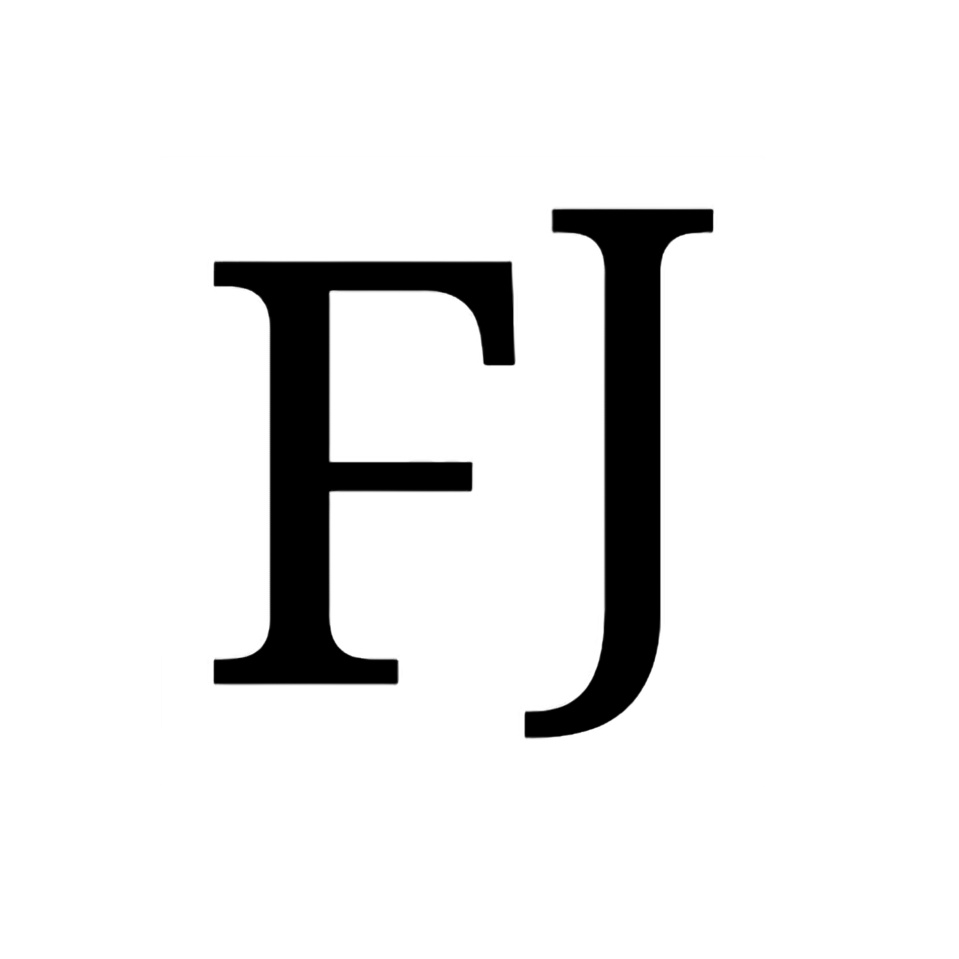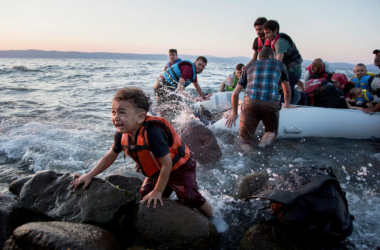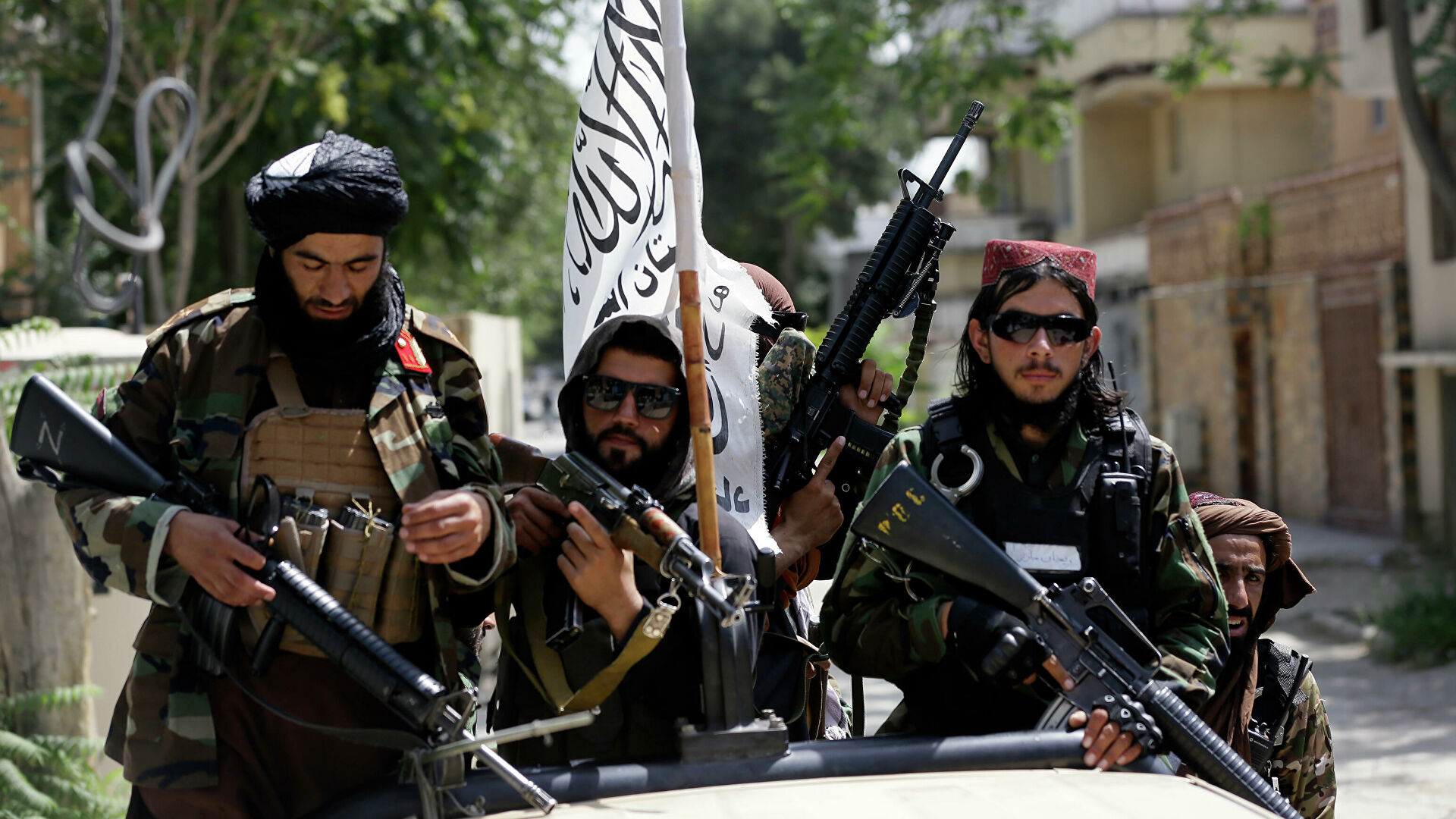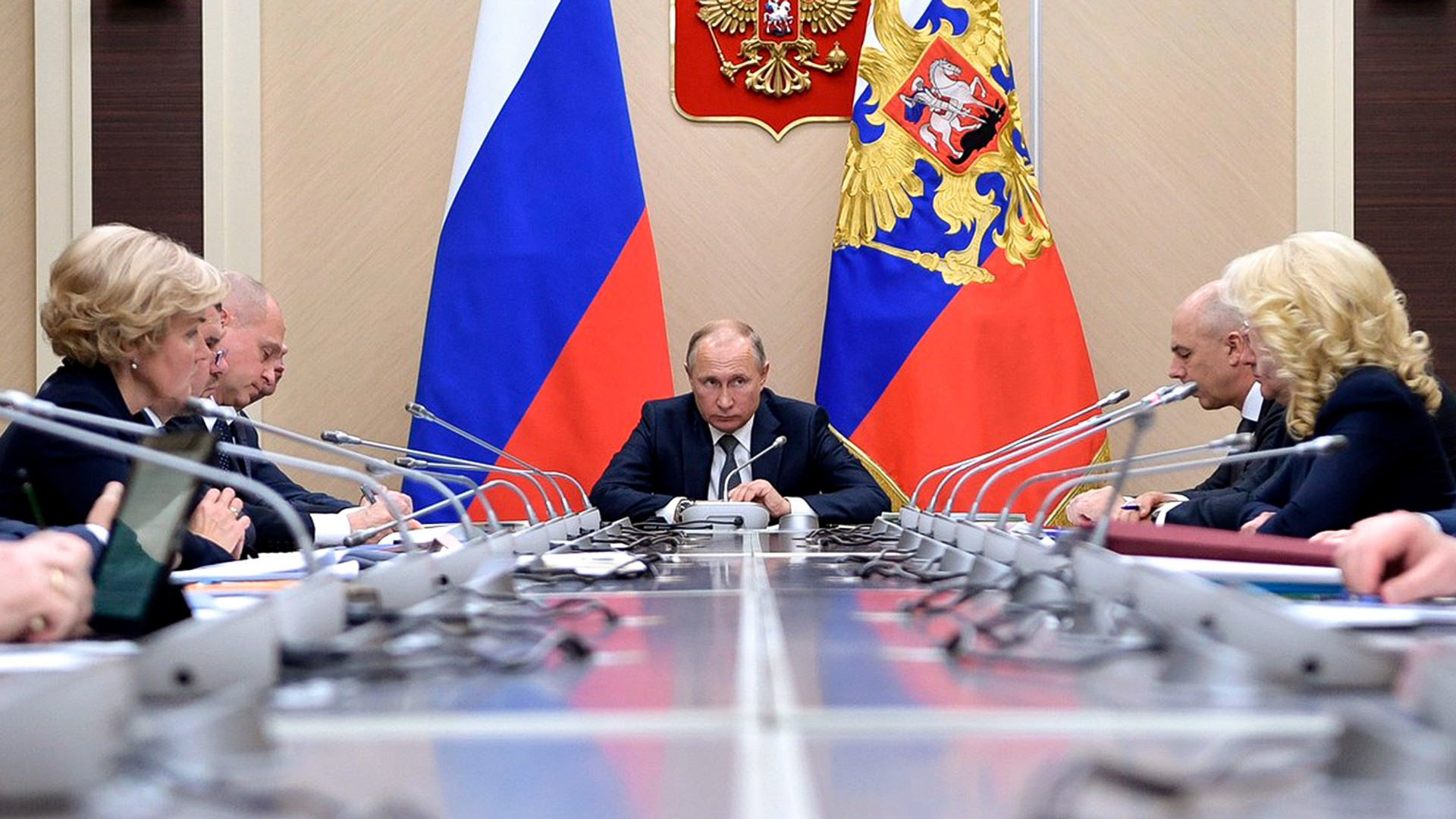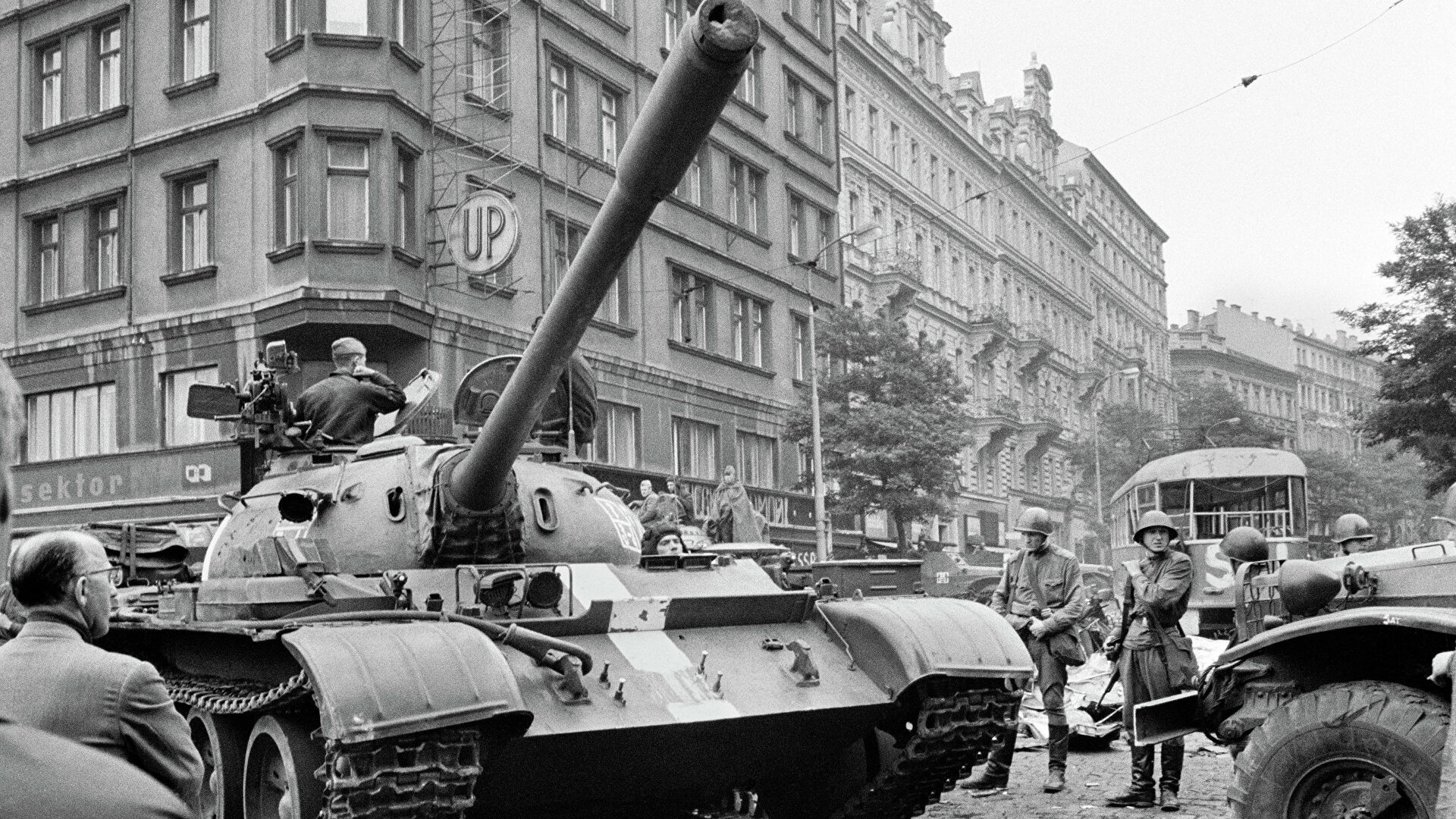A.1-)Political Outlook
Russia is a federation with 83 administrative units, consisting of 21 Republics, 9 states, 46 regions, 2 cities with federal status, and 5 autonomous regions, governed by a presidential system, with their own constitutions and legislative and executive organs.
A.2-)Political Party Development
Russia has a wide political history. In a state with such a long history, it was inevitable that different regimes would be seen. Although the monarchic structure was seen during Tsarist Russia, we see political party formations when the end of Tsarist rule began to be reached. We can rank these parties as follows:
The first established party is the Noradya Volya Party. The party was founded in 1879 and closed in 1884. Its ideology is in the form of an extreme left organization, revolutionary in nature. The second party is the 17 October Union Party. It is commonly known as the planter party. Its founding was influential in the October Manifesto published in Tsarist Russia. People realize that they have the power to understand freedom and represent it in government with the effect of this manifesto. With the effect of this, the planter party was established. Its founding year is 1905 and its closing year is 1917. Its main ideology is the Constitutional Monarchy. Finally, the National Progress Party should be mentioned. The National Progress Party was founded in 1916. It closed in 2016. Although it is mentioned in official documents as a party of Lithuania, it should be noted that Lithuania was affiliated to the Russian Tsardom at the time of its establishment.
Also, perhaps we should mention a party that has witnessed the governing patterns in Russia. Social Democratic Workers Party Of Russia. The party was founded on March 1, 1898. The party’s newspaper, headquartered in Petrograd, is Iskra. Its Ideology Is Socialism, Marxism. After the founding of the Soviet Union, the Soviet Union was renamed the Communist Party. It is the party that ruled the Soviet Union until 1991. His newspapers were named Pravda this time. There has been no change in the form of ideology. Their ideology is extreme Left Marxist and communist ideology.
After noting the political party formations in the peculiar historical development of this country, one should look at the political party history of the Russian Federation. In New Era Russia, since the 1990s, there have been many developments in the direction of democratization of society with new actors participating in the political process. Because in 1990, the Constitutional clause declaring the Soviet Communist Party the country’s sole guiding power with the abolition and the adoption of the USSR law “on social unions” on 1 January 1991, more than 90 parties were established at the end of the 1990s.
Within the framework of democratization efforts in the country, the level of organization in social life and party formation in political life increased and many sections gained the opportunity to be represented in the administration through electoral and voting systems. In this process, which continues even in the modern period, certain views or views of groups have become evident in the political-ideological life of Russia and they participate as the main actors in the political struggle. The fact that the political spectrum in the country is ideologically too “colorful” and a large number of parties is, in some views, not the diversity of social interests in society, but the irregularity, impermanence, and lack of system.[2]
If we rank the current political parties from the far left to the far right on the ideological spectrum:
On the far left of the spectrum lies the Communist Party of the Russian Federation with communist ideology, at the head of the party “G. Züganov is in”. The center-left is the Right Russia Party[3] from the socialist ideology and its president is ” S. Mironov”. In the center, there are two distinctions: the left-liberal and the right liberal. The left-liberal party has Yabloko[4] and its leader is ” E. Slabunova”. On the right liberal side is the leader “Dunayev” who has the right Labour Party. On the right side of the spectrum is the United Russia Party, a center-right party of conservative ideology, and its leader is ” D. Mehmedev”. On the far right of the spectrum is the Liberal Democratic Party of Russia and its leader is ” V. Zhirinovski”.


The number of party members is increasing and has exceeded 2 million. In addition, it is thought that the party could organize heavily in parts of the country, essentially playing an effective tool in strengthening the vertical hierarchy that Putin is trying to establish.
The moderate Left Front was formed in 1993, and the G. Züganov led the Communist Party of RF and its National-Patriot its allies are in the country, generally representing workers, peasants, intellectuals, and retirees It has a fixed electorate of 30%. The Center-Left parties in general, stand in a position of loyalty to power. Far-Left parties have 5% in the State Duma they are unable to cross the barrier and represent marginal segments of society. In general, liberal views in the country are in two directions – state the American (Alliance of right forces) and the number of states that oppose intervention and defend full market freedom European modeled socioeconomic development, which argues that it should also take on socioeconomic tasks concentrated in the direction. Two basic cuts to the social basis of Russian liberalism: first, the “old ” middle class – scientific and technological intellectuals, doctors, and teachers; secondly, those connected with the private sector of the economy the new middle class – constitutes large and medium entrepreneurs, principal circles, large capital intellectuals and creative elites they are (15%). The ruling liberal Yabloko party, a forerunner of the Liberal wing and founded in 1995 is critical to the point of moving away from policies. Founded in 1992, the Liberal Democratic Party of Russia represents right-wing views in the country’s politics, Under Zhirinovsky’s presidency, it has an audience of around 1.8 million members. The far-right political forces want Russia to take a completely Western-oriented path of development he supports it.
A.3 -) Function Of Political Parties
One of the functions of political parties is to serve as an alternative to power and to create a difference, almost as a window to air democracy. The extraordinary degree of uniformity and obedience to order observed among Russian citizens, history of the idea that it is the greatest honor to systematically obey the state continuously it was formed as a result of vaccination throughout. Strong government in contemporary Russia, it is believed that democracy without borders can achieve national unity it is thought to weaken its structure. The change of political culture and parties happens slowly. The culture of addiction is dominant in Russian society. Absolute obedience and the opposition to change with certain chapters began to form during the reign of the tsarist monarchy. During this period, the people learned to drown all kinds of bullying of the Tsar, while during the USSR period The Communist Party has become accustomed to the imposition of its political elite. Today’s Russia feeds on the past. Therefore, democracy is not entrenched in today’s Russia one of the reasons is its political culture, which is composed of values related to politics. The fact that it has not yet been able to move beyond the authoritarian and totalitarian administrative habits of the past stems. Given that the change of political culture is taking place slowly, democratic tradition should not be expected to settle in Russian political culture in the near future. In other words, even though there are parties from all sides of the spectrum, the political parties do not perform much of the function of difference and innovation due to the inherited political culture that exists.
A.4 -) Political Participation
In Russia, party and political participation in the past, Tsarist and USSR returns are very low. As mentioned above, the people are not close to change and difference and think that this will bring impotence. At the same time, Putin sought to prevent ethnic-religious differences from being active in both party and social terms by taking extreme measures due to the terrorist activities that emerged after the dissolution of the Soviet Union. It is also necessary to pay attention to the existence of civil society organizations in the sense of political participation. During the USSR period, which was ruled by a totalitarian regime there can be no mention of a civil society structure in a democratic sense. Each structure in this system is ait has to act in connection with the Communist Party. Gorbachev in 1985 the policies of openness (Glasnost) and reconstruction (Perestroika) initiated bias a result, there have been developments in the field of civil society. In the 1990s and early 2000s, NGOs increased in Russia. According to analysts, there are up to 600,000 NGOs operating in the Russian Federation. Among social service providers, educational organizations, political research centers, there are gender equality groups, credit unions, and international rights organizations. This a large majority of organizations, seeking to support civil society and democracy in Russia have received financial support from foreign organizations and governments. Putin urges NGOs to be funded by foreign countries. He said Russia would not tolerate it, while his activists were independent of foreign influence by warning them to act, internal political issues must be resolved with internal dynamics instructed. NGO’s funded by foreigners over time a total ban was taken, but it is close to the Kremlin and by the Kremlin supported NGOs are budgeted. Attempts to eliminate the independent NGOs by the Justice Department and other government officials, being tried to create a paranoia where foreign enemies will surround the country and tear the country apart through NGO’s.[5]
References
[1] Ministry of Foreign Affairs
[2] Jale Akhundova-Rusya’nin Siyasi Partileri ve Milliyetçilik Görüşleri
[3] Some sources also refer to it as the Fair Russia Party
[4] Russian United Democratic Party
[5] Osman Ağır- Abdulkadir Baharçiçek; Rusya Federasyonu’nda Demokrasinin Yerleş(e)meme Nedenleri
